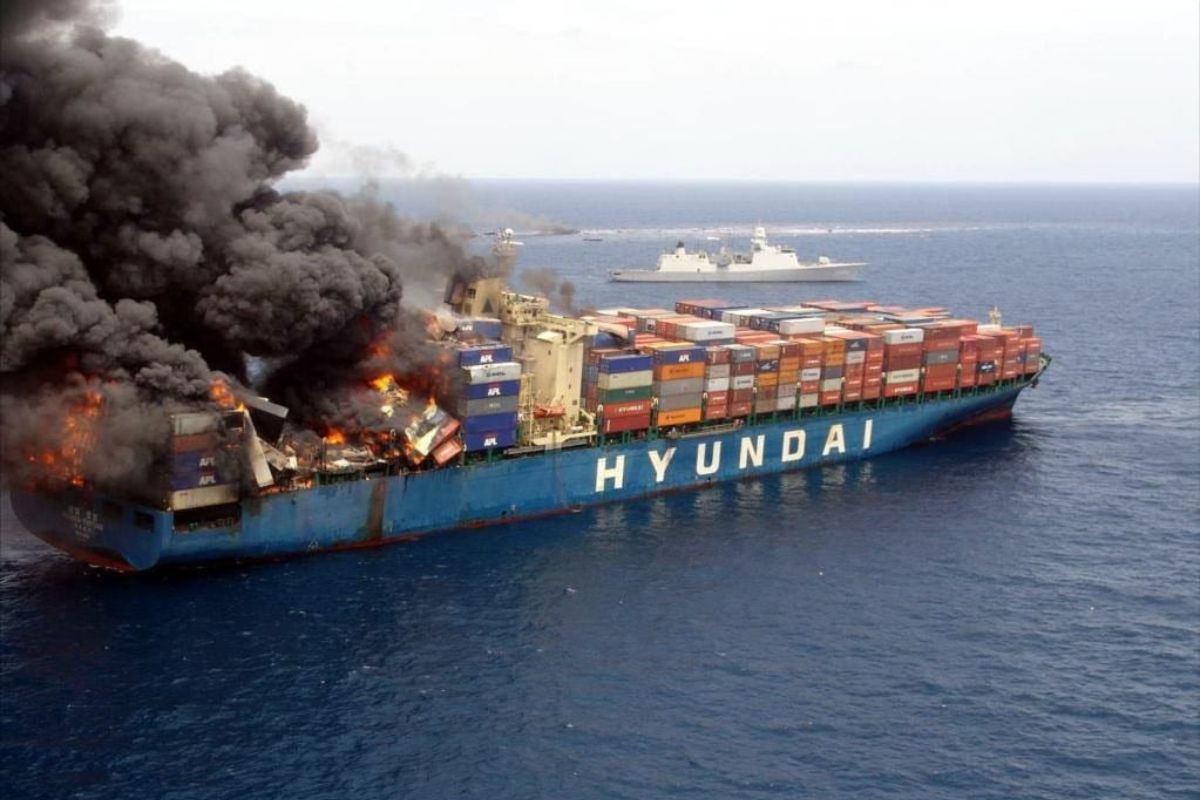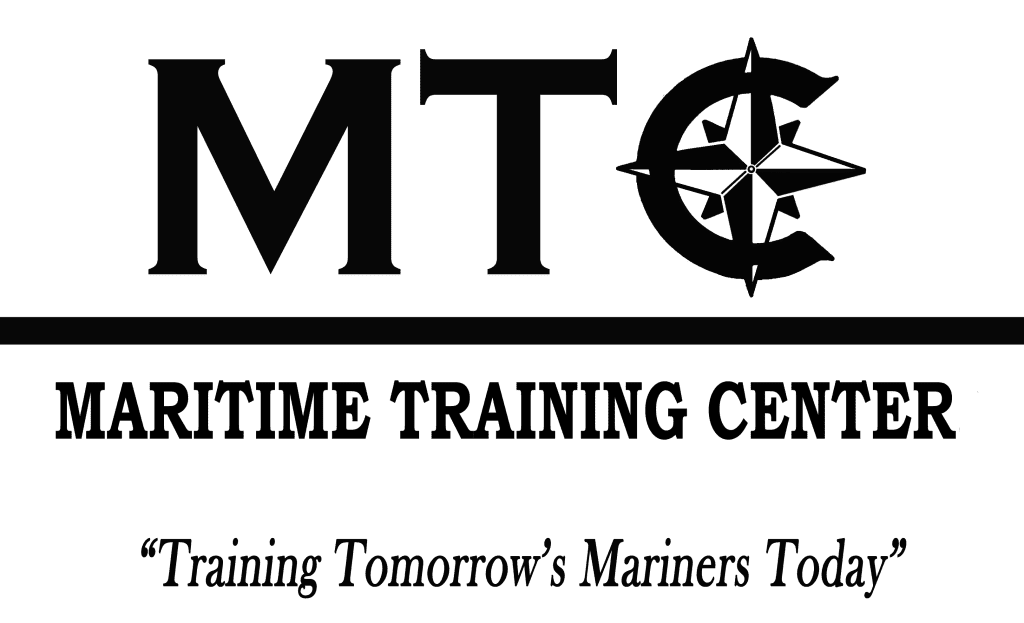February 29, 2020
Emergency Procedures: The 6 Most Common Mistakes When Running Shipboard Emergency Drills
Training your crew for Shipboard Emergency Drills is one of the most important factors in running a ship safely. The sea is a hazardous place and an emergency can come at anytime. Making sure your crew knows exactly what to do in an emergency situation. This responsibility falls on the deck and engine officers, but ultimately falls on the Master himself.
Mentioned below are 6 of the most common mistakes people make when they run Shipboard Emergency Drills.
1. Pencil Whipping a Drill
This happens more often than you think. With all the paperwork companies demand of deck and engine officers, they just don’t have any more time to run a drill, so they write it in the log book that the drill was completed.
Shipboard Emergency Drills are such an important part of being a mariner. They can literally mean life or death to the people serving on vessels. Take the time and run each drill required and your crew will stay proficient in their duties for on board emergencies.
46 CFR §199.180 (b) Familiarity with Emergency Procedures
(1) Every crew member with emergency duties assigned on the muster list must be familiar with their assigned duties before the voyage begins.
(2) On a vessel engaged on voyage when the passengers or special personnel are scheduled to be on board for more than 24 hours, musters of the passengers and special personnel must take place within 24 hours after their embarkation. Passengers and special personnel must be instructed in the use of life jackets and the action to take in an emergency.
(3) Whenever new passengers or special personnel embark, a safety briefing must be given immediately before sailing or immediately after sailing. The briefing must include the instructions required by §199.80 and must be made by means of an announcement in one or more languages likely to be understood by the passengers and special personnel. The announcement must be made on the vessel’s public address system or by other equivalent means likely to be heard by the passengers and special personnel who have not yet heard it during the voyage. The briefing may be included in the muster required by paragraph (b)(2) of this section if the muster is held immediately upon departure. Information cards or posters, or video programs displayed on the vessel video displays, may be used to supplement the briefing, but may not be used to replace the announcement.
46 CFR 199.180 (c) Drills-General
(1) Drills must, as far as practicable, be conducted as if there were an actual emergency.
(2) Every crew member must participate in at least one abandon-ship drill and one fire drill every month. The drills of the crew must take place within 24 hours of the vessel leaving a port if more than 25 percent of the crew have not participated in abandon-ship and fire drills on board that particular vessel in the previous month.
(3) Drills must be held before sailing when a vessel enters service for the first time, after modification of a major character, or when a new crew is engaged.
(4) The OCMI may accept other equivalent drill arrangements for those classes of vessels for which compliance with this paragraph is impracticable.
2. Not walking through a drill
Walking through a drill, even for crew that has done the drill a hundred times, ensures that the drill will be ran in a safe and efficient manner. Especially if you have new personal to the ship that maybe just went through his or her shipboard orientation and is still not sure about their station bill duties when it comes to each specific drill.
When you walk through a drill, your crew can ask questions and have some input right then and there on whether he or she is doing assigned job properly.
A walk through of the drill before actually running a drill makes the drill run safe and efficient.
3. Not using the companies Safety Management Manual
The Safety Management Manual is a working document filled with your companies policies and procedures on a number of topics, including specific emergency procedures.
Use this manual before and after the drill to make sure you are maintaining your companies standards on drills and safety.
4. Not Meeting After The Drill Is Completed
One of the most important steps in a drill is the lessons learned portion that comes after a drill. That’s when the whole crew has input on how the drill went, and the things they could do better.
This is the time when you can perfect a drill. Utilizing the lessons learned portion of a drill is the best way for the crew to get involved.
This keeps you engaging with your crew. Part of being a good leader is listening rather than barking orders.
This is also a good time to get to know your crew.
5. Drilling on the same day
Have you ever been on a vessel like this? Captain ALWAYS drills on Sunday at noon! The best way to conduct a drill is by surprise. Drills are supposed to keep crew members on their toes, and thinking ahead. Drilling like its a real time emergency instead of a hassle will keep your crew better trained for an emergency. You never know what the crew’s reaction will be in a real life situation. To better your chances of survival, drill them like their lives depended on it…because it does.
6. Not keeping the safety equipment operational.
The safety equipment on your vessel is one of the most vital parts of drills. This task is usually up to the 3rd mate on board ships, or the mate on smaller vessels. Below are a couple points to keep in mind.
- Every time there is an abandon ship drill completed, have the crew check the lights on their life jackets. Usually you can do this by wetting your finger and touching the connectors. Make sure they turn off the light by the button beside the connectors.
- Always have the engineer check the water pressure for fire hoses. This will ensure that if their are problems with water pressure, the chief engineer can diagnose the problem and fix it.
- Always test the EPIRB when running an abandon ship drill. Be sure everyone knows how to operate this life saving device, and knows where it is stowed. This will ensure cross training in case the person responsible for taking the EPIRB is incapacitated.
- Check all fire fighting equipment such as turnout gear, extinguishers, fire hoses, nozzles, etc. Be sure that if a new crew member comes on board, one of the first things he/she does is make sure their turnout gear fits them properly (Especially the mask)
- Always check the dates on pyrotechnics. Keep in mind, you can keep expired pyrotechnics on board as extras only. You must satisfy the CFR or SOLAS requirements for your vessels size and type.
Check out our STCW Basic Safety Training Course
Conclusion
There are many duties to perform as the master of a vessel. But none more important than keeping your crew safe and well trained when it comes to emergencies. You have an obligation to the men and women who serve aboard your ship.
Shipboard Emergency Drills are a part of every mariners life . Not only does the master need to take it seriously, but everyone who serves that ship needs too as well.
My final thought is this: In the history of the Merchant Marines, no regulation has been handed down from the Coast Guard that hasn’t been apart of some sea disaster. Don’t become the Coast Guards most recent “Lessons Learned”. Drills save Lives Period.

Latest Articles
5 Tips to Enhance Your Online Learning Experience in Apprentice Mate Program
joy_lnl_admin2024-04-23T18:06:20+00:00April 23, 2024|Comments Off on 5 Tips to Enhance Your Online Learning Experience in Apprentice Mate Program
Maximize your online learning experience in the Apprentice Mate Program with Maritime Training Center. This article shares five essential tips for success, including creating a dedicated study space, developing a consistent schedule, participating in discussions, utilizing resources, and applying knowledge through practical exercises.
Learn From Anywhere: Top Online Maritime Certification Courses in Tampa
joy_lnl_admin2024-02-05T19:10:19+00:00February 5, 2024|Comments Off on Learn From Anywhere: Top Online Maritime Certification Courses in Tampa
This guide from Tampa's Maritime Training Center covers how to earn your captain's license affordably. Contact us today to start your maritime career!
Budget-Friendly Guide to Obtaining a Captain’s License in Tampa
joy_lnl_admin2024-01-08T02:39:39+00:00January 5, 2024|Comments Off on Budget-Friendly Guide to Obtaining a Captain’s License in Tampa
This guide from Tampa's Maritime Training Center covers how to earn your captain's license affordably. Contact us today to start your maritime career!
Advantages of Maritime Apprenticeships for Career Growth in 2024
joy_lnl_admin2023-12-14T18:25:23+00:00December 14, 2023|Comments Off on Advantages of Maritime Apprenticeships for Career Growth in 2024
Start your maritime career with Maritime Training Center's 2024 Apprenticeships in Tampa. Gain practical skills, industry knowledge, and professional connections, setting sail towards a successful maritime future. Enroll today!
Captain’s License as a Strategic Investment for Advancing Your Maritime Career
joy_lnl_admin2023-11-17T18:12:51+00:00November 10, 2023|Comments Off on Captain’s License as a Strategic Investment for Advancing Your Maritime Career
Propel your maritime career in Tampa with a Captain's License from the Maritime Training Center. Expert training for local waters & beyond. Start at 813.686.5767.
Comprehensive Maritime Safety Guide: Tampa’s Commitment to Seafarers
joy_lnl_admin2023-10-06T17:18:22+00:00October 9, 2023|Comments Off on Comprehensive Maritime Safety Guide: Tampa’s Commitment to Seafarers
Discover Tampa's commitment and the role of the Maritime Training Center to maritime safety. This guide delves into onboard safety measures and essential maritime practices to ensure every voyage is a testament to safety and dedication.

